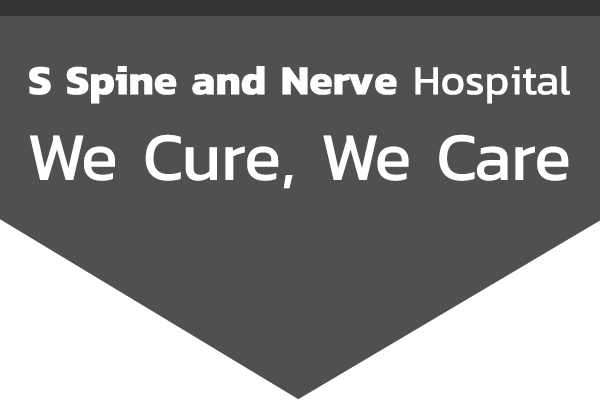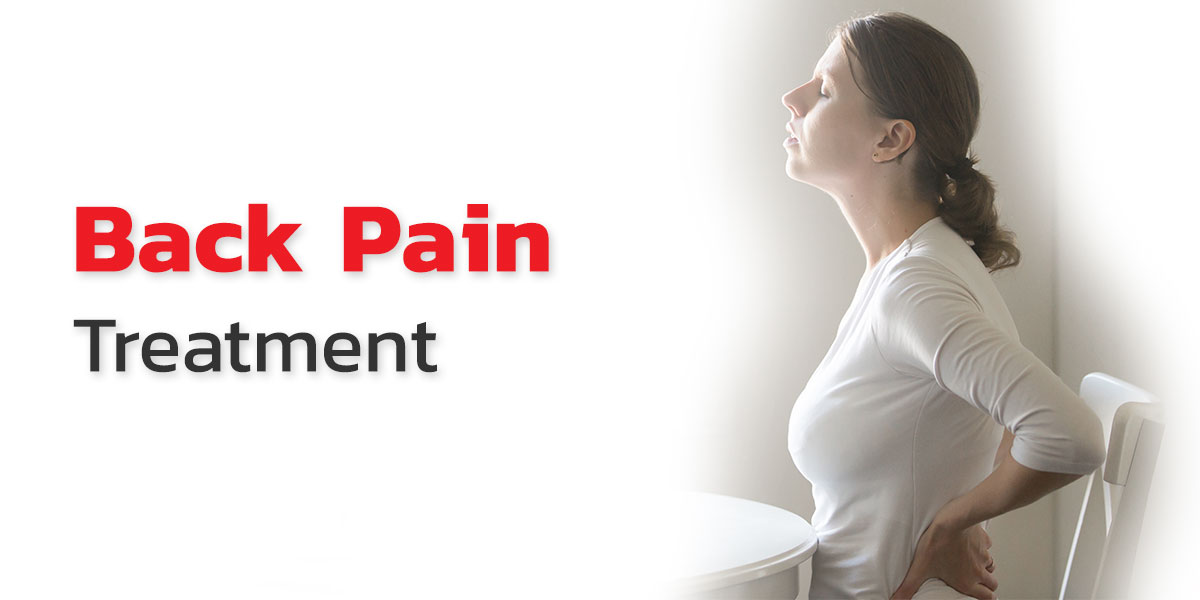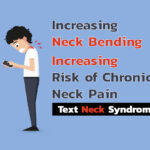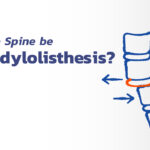Calcium: The Essential Sources of Bone-Protecting Nutrients

Osteoporosis may seem distant, but if you are still young or in a phase without any abnormalities, as time passes, the body will lose its vigor and bone density will naturally decrease. It may go unnoticed until osteoporosis develops, leading to fractured bones, especially in postmenopausal women, who experience rapid bone loss during this period.
It is interesting that according to the statistics from the World Health Organization, women worldwide have osteoporosis at a rate of 4% in the age group of 50–59 years, and it increases to 8%, 25%, and 48% in the age groups of 60–69, 70–79, and over 80 years, respectively. Meanwhile, data from the 2020 Public Health Statistics of the Strategy and Planning Division of the Ministry of Public Health revealed that there are approximately 13 million people in Thailand aged between 40 and 59 years, who are at an increased risk of developing osteoporosis. This increased risk is due to the fact that starting from the age of 40–45 years, the process of bone resorption becomes more predominant than bone formation, leading to a decrease in bone mass and changes in bone structure that may result in fractures, requiring surgical intervention and potentially affecting long-term quality of life.
Osteoporosis can lead to various symptoms, such as back pain, the collapsing of vertebrae in the spine, a hunchback, loss of height, and brittle bones that are prone to fractures even with minor impact.
From a medical perspective, “calcium” is considered a crucial mineral for the body. Approximately 99% of the calcium in the body is used for building bones, teeth, and nails, as well as increasing bone density to make bones stronger. The remaining 1% is in the bloodstream and plays a role in controlling the functioning of various organs in the body, including muscle contraction, heartbeats, blood clotting when injured, the functioning of the nervous system, and stimulating the activity of various enzymes.
If you don’t receive an adequate amount of calcium, your body will draw calcium from the stored reserves in your bones. When this process happens regularly, it leads to increased calcium removal from the bones, eventually resulting in osteoporosis and brittle bones. This causes bone strength to decrease and increases the chance of bone fractures. As a result, consuming foods rich in calcium is crucial for maintaining bone health.
4 Good Sources of Calcium to Boost Bone Health
- Milk and Dairy Products: These are excellent sources of calcium because they contain high levels of this mineral, which is readily absorbed by the body. In just 1 box of milk (250 ml), you can get about 300 milligrams of calcium.
- Fish and Small Animals: These animals’ bones and shells can be consumed such as minnows, white scale fish, snakehead fish, canned sardines, shredded shrimp, dried shrimp, etc. Approximately 220 milligrams of calcium can be obtained from small fish portions, about 2 tablespoons in size.
- Soybean and Soybean Products: Soybeans and products like firm tofu, bean curd, and soy milk are good sources of calcium. For example, a glass of soy milk (about 200 milliliters) can provide up to 200–300 milligrams of calcium.
- Leafy Green Vegetables: For those who do not consume animal products, calcium can also be obtained from dark leafy green vegetables. Examples include spinach (136 milligrams per 100 grams), kale (132 milligrams per 100 grams), roselle (77 milligrams per 100 grams), broccoli (118 milligrams per 100 grams), and long beans (59 milligrams per 100 grams).
Appropriate Calcium Intake for Each Age Group
“Infants” from birth to 6 months should receive approximately 400 milligrams of calcium per day, while in the early childhood stage (from 6 months to 1 year), it is recommended to receive approximately 600 milligrams of calcium per day. This helps in strengthening bones, teeth, nails, and overall growth and development of the body.
“Childhood” between the ages of 1 and 5 should receive approximately 800 milligrams of calcium per day. Children aged 6–10 years should receive about 800–1,200 milligrams of calcium per day. During this age range, children require nutrition for continuous growth as it is a childhood period of rapid growth.
“Teenagers-Adults” aged 11–55 years should receive approximately 800–1,000 milligrams of calcium per day. Generally, bone density will reach its peak bone mass between the ages of 30–35, with 90% of bone mass accumulated during the period of rapid growth before entering adolescence. Typically, males will have a peak bone mass that is approximately 15–20% higher than females. Afterward, bone mass gradually decreases at a rate of around 0.5–1% per year.
“Elderly individuals” aged 55 and above should receive a higher calcium intake compared to other age groups, typically around 1,000–1,500 milligrams per day. As people age beyond 55, the body’s ability to absorb and retain calcium decreases, especially in postmenopausal women. The rate of bone mass loss can accelerate and may reach up to 3–6% per year.

In cases where a patient experiences back pain and suspects that their spine may be experiencing collapse due to osteoporosis, it can be diagnosed through X-rays combined with an MRI. This will help in diagnosing the condition, or they can also seek consultation at S Spine and Nerve Hospital for the doctors to provide a precise diagnosis.
Information From:
Sarun Jindahara, M.D.
Spine Specialist









